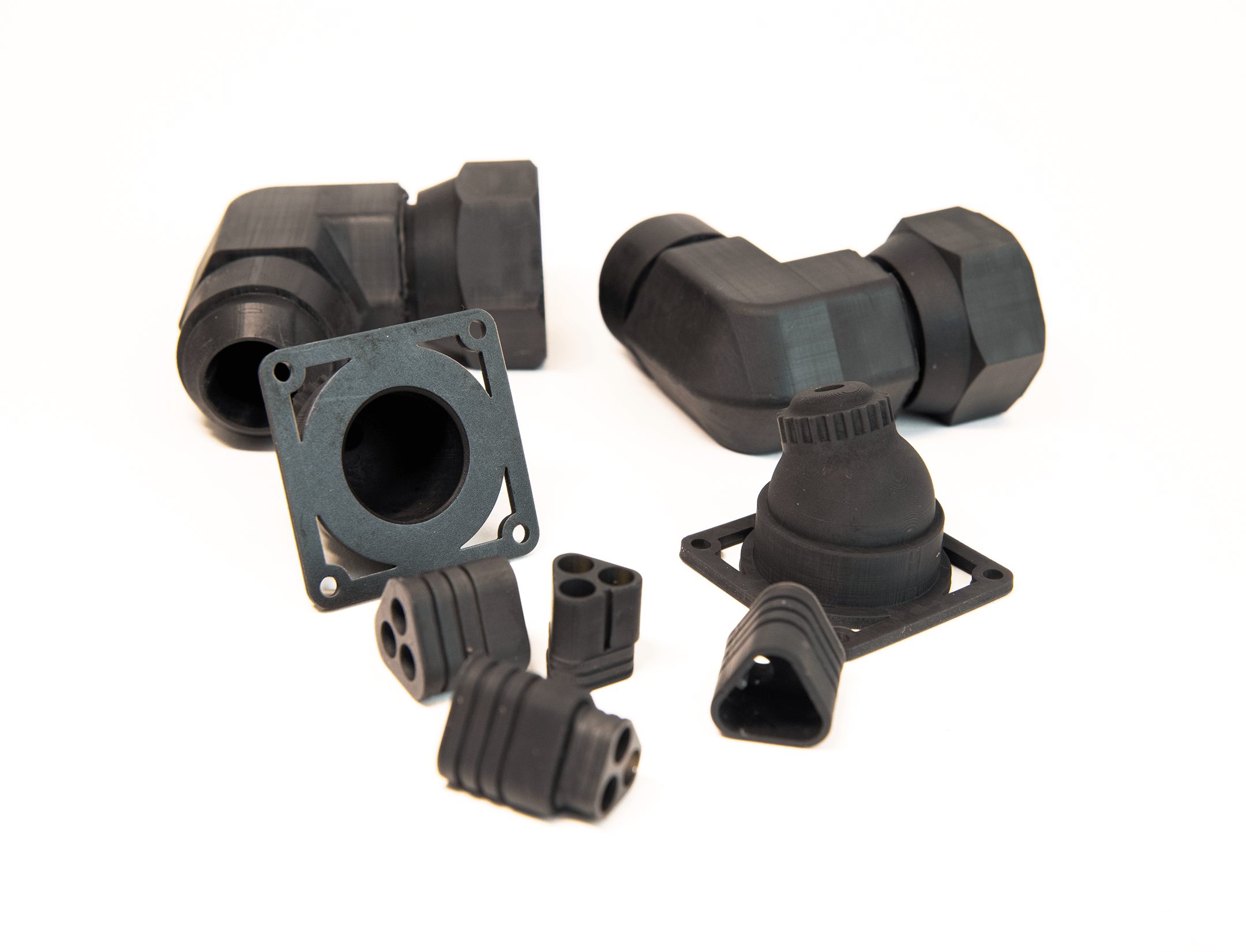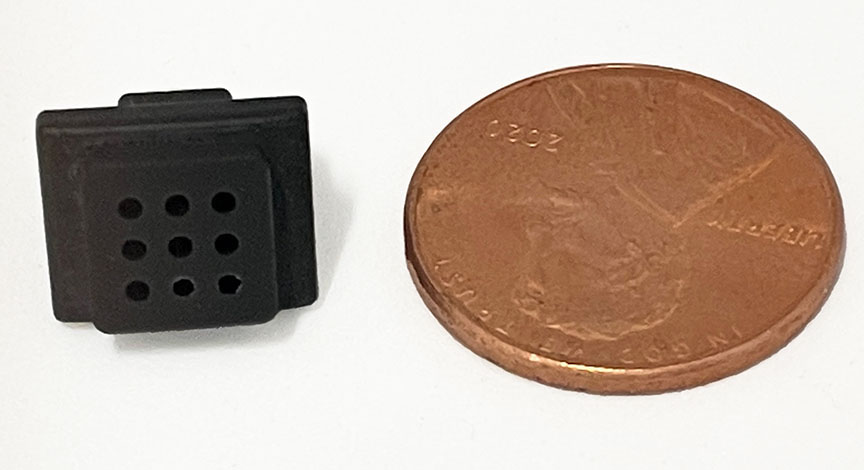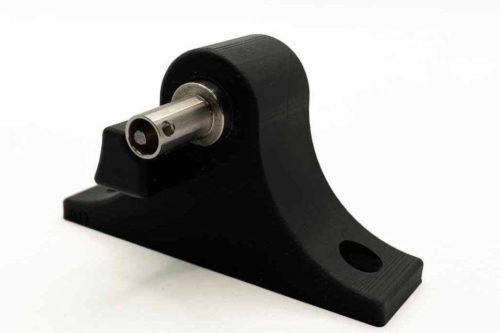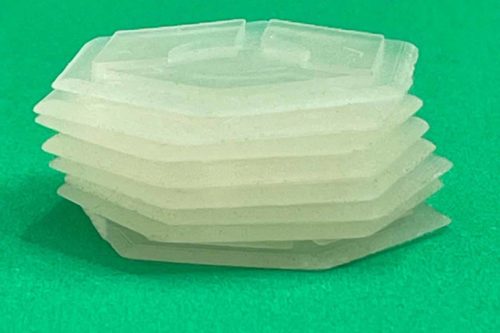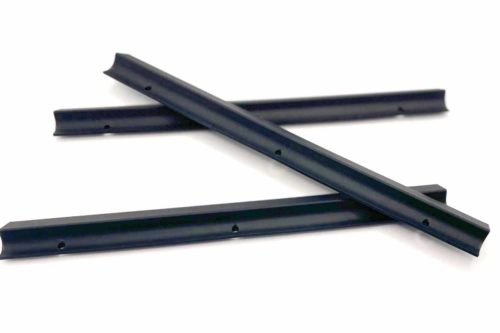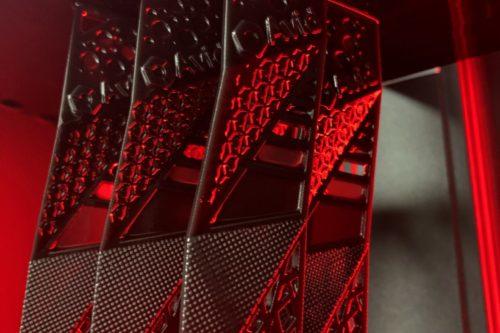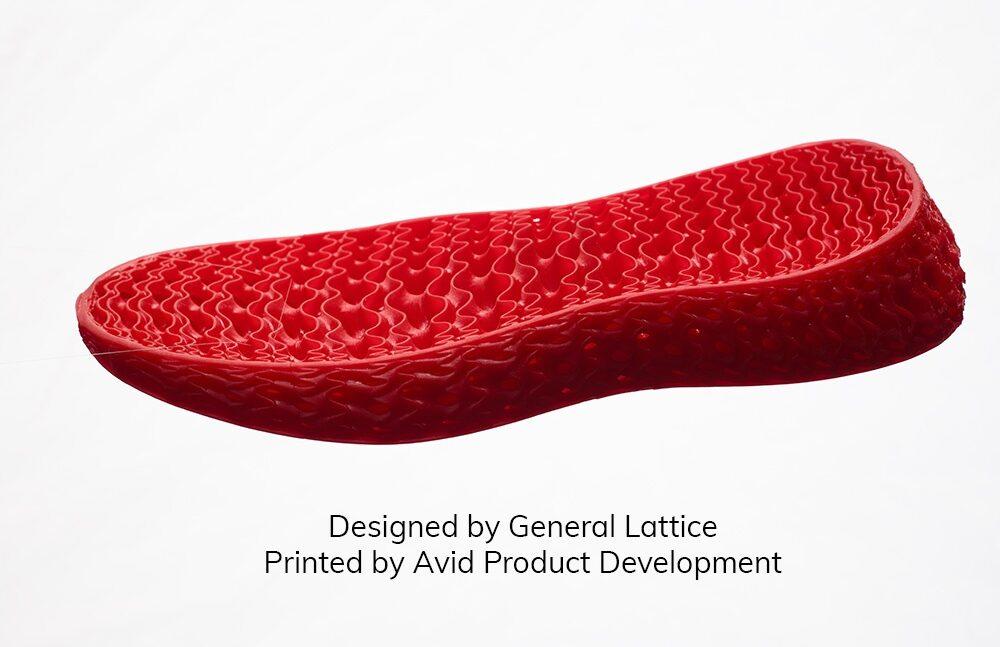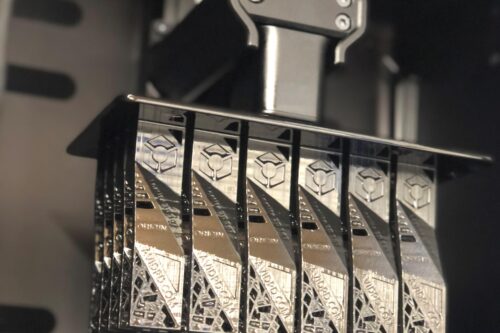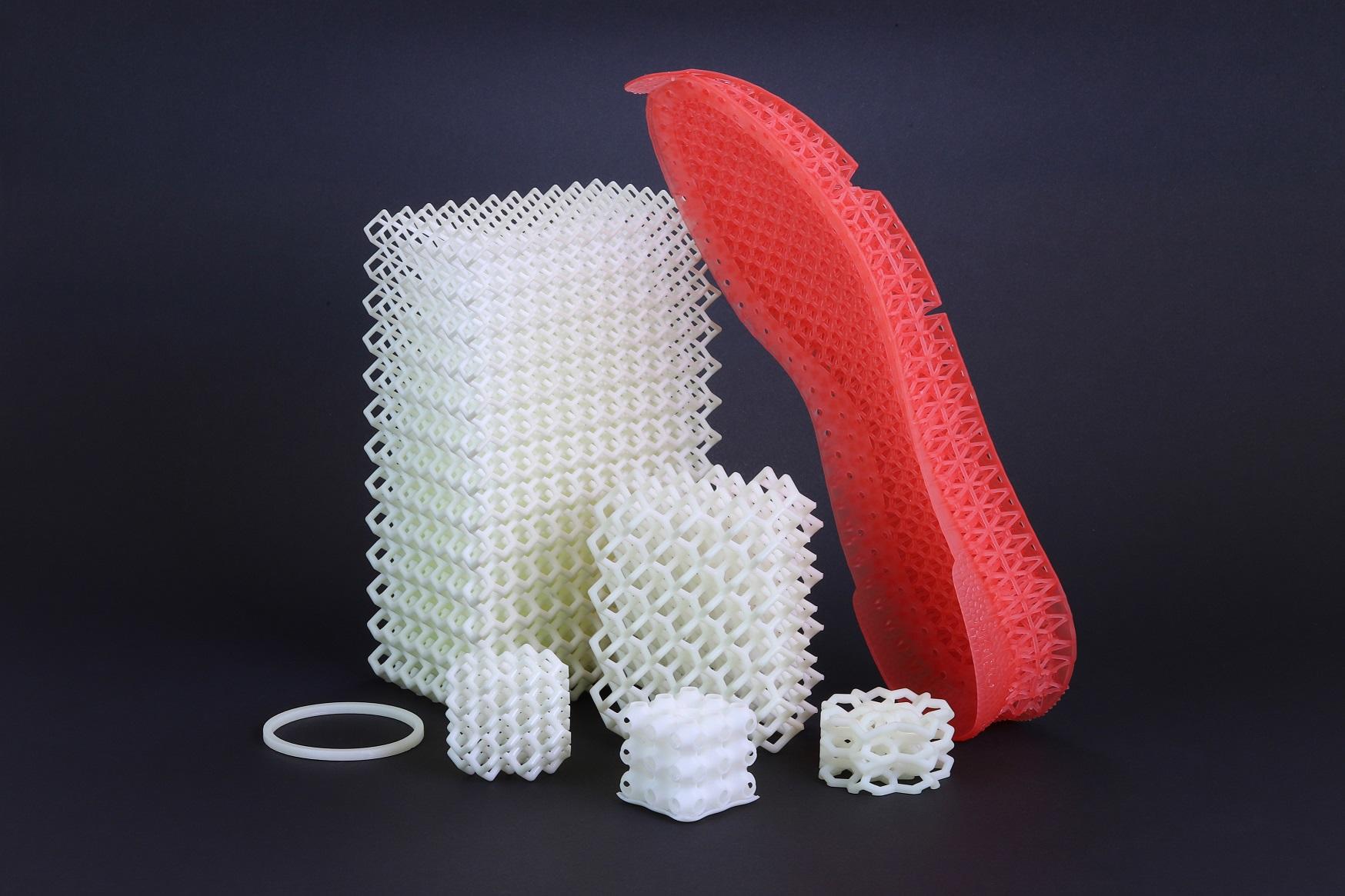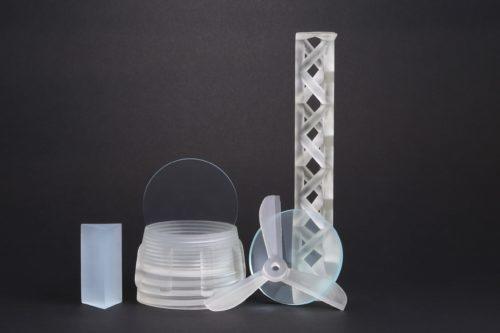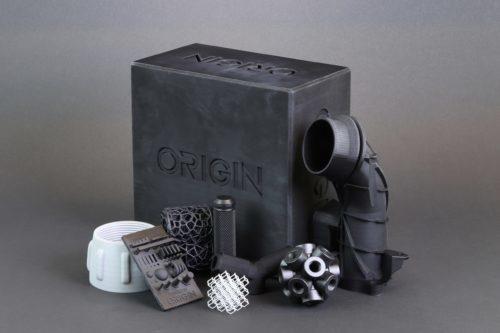ORIGIN Photopolymerization 3D PRINTING PROVIDES:
- Highly accurate and repeatable results
- Ultra fine layers for clean, smooth, and detailed parts and prototypes
- Diverse range of high-performance photopolymer materials
APPLICATIONS:
- Realistic prototypes
- On-demand part production
- Custom light pipes and transparent covers
- Production tooling
- Orthotic insoles
- Gaskets and other elastomeric components
- Robotic end of arm tooling (EAOT)
Designed for end-use manufacturing, Origin Programmable Photopolymerization (P3) offers accurate, consistent 3D printing in a wide range of materials.
Origin P3 3D printing uses photopolymerization technology to control light, temperature, and other conditions to produce detailed, isotropic end-use parts and prototypes. This responsive print process monitors polymerization data and automatically optimizes print conditions to deliver the best possible results.
Akin to digital light processing (DLP) and stereolithography (SLA), Origin P3 3D printing relies on photoreactive chemistry to cure liquid polymer resin into hardened plastic parts. Much like DLP, Origin Programmable Photopolymerization relies on a digital light projector to cure the resin, not a laser like SLA. This has the advantage of faster print times, as the technology cures whole layers with a single flash of a light projector rather than having to focus on single points. The key difference between DLP and SLA with Origin P3 technology is that it does not actively nor passively manipulate oxygen during the printing process, enabling a more extensive selection of materials with varying chemistries.
Origin P3 Specifications
BUILD VOLUME: 192 x 108 x 350 mm (7.5 x 4.2 x 13.7 in)
MATERIAL DATA SHEETS:
LOCTITE 3D 3955 FST | LOCTITE 3D 3172 | LOCTITE 3D IND402 | LOCTITE 3D IND147 | LOCTITE 3D 3843 | LOCTITE DURA56 | LOCTITE IND405
Ultracur3D RG 45 | Ultracur3D ST 80
ORIGIN P3 DESIGN GUIDELINES: View Here

